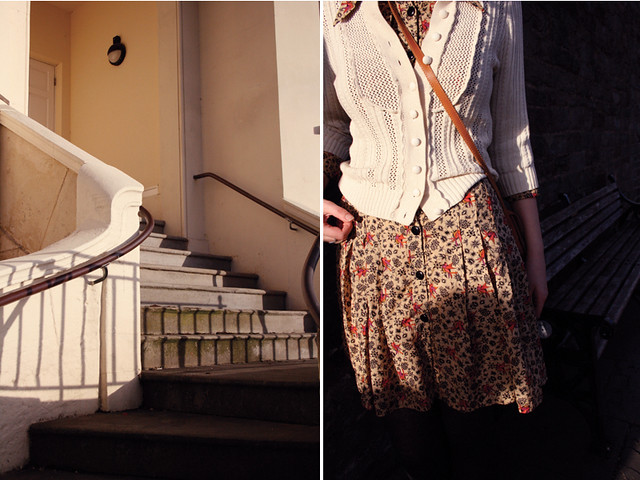'On ne voit bien qu'avec le cœur. L'essentiel est invisible pour les yeux.'
It is only with one's heart that one can see clearly. What is essential is invisible to the eyes.





Images from Le Petit Prince, The Cherry Blossom Girl, New York Magazine
It is only with one's heart that one can see clearly. What is essential is invisible to the eyes.
I spotted Jean-Charles de Castelbajac's SS11 collection on The Cherry Blossom Girl, and was at first excited by it, and then, a little dismayed. Should fashion be allowed to so blatantly hijack such a beloved piece of literature?


The collection obviously draws on Antoine de Saint-Exupéry's illustrations for his book, Le Petit Prince. Essentially a children's book, Le Petit Prince, nearly 70 years after it was first published, remains hugely popular, especially in France – the tale of an intergalactic boy prince, discovered by an airman in the desert.
I came across it at school, when an amazing French teacher decided it would be a good addition to our lessons. I loved deciphering the French, and then, deciphering the insights contained within the English.
I came across it at school, when an amazing French teacher decided it would be a good addition to our lessons. I loved deciphering the French, and then, deciphering the insights contained within the English.

The book has many layers. The collection has many too, although these more physical than metaphorical. Aptly enough, given fashion's typical temporality, this collection takes it on its most superficial level – a simple tale of a lost pilot who finds a travelling little boy from a foreign planet in the desert. In an interview with Dazed Digital, Jean-Charles de Castelbajac explained: '... it was my purpose to approach Africa through the desert. Petit Prince was my ambassador to go on the planet on the desert. I went to the desert and then to the jungle.'
In terms of the narrative of the collection, he has certainly followed this path. Stars and Space, and prints of Saint-Exupéry's illustrations give way to safari-style dresses with wild top hats the same shape as the narrator's drawing of an elephant swallowed by a boa constrictor, and mistaken by narrow-minded grown-ups for a hat.
In terms of the narrative of the collection, he has certainly followed this path. Stars and Space, and prints of Saint-Exupéry's illustrations give way to safari-style dresses with wild top hats the same shape as the narrator's drawing of an elephant swallowed by a boa constrictor, and mistaken by narrow-minded grown-ups for a hat.


Images from Le Petit Prince, The Cherry Blossom Girl, New York Magazine
But it seems curious that a book essentially about love and loneliness, the importance of small things in the vastness of the universe, and even the perils of judging people on their aesthetics should ever be allied with an industry selling aesthetics.
But then, Le Petit Prince can also be read as a comment on the narrow-mindedness of grown-ups who refuse to see past what they see with their eyes – and perhaps there is nothing more contradictory to that than questioning this brief appearance of Le Petit Prince in fashion.
But then, Le Petit Prince can also be read as a comment on the narrow-mindedness of grown-ups who refuse to see past what they see with their eyes – and perhaps there is nothing more contradictory to that than questioning this brief appearance of Le Petit Prince in fashion.
'But he would always answer, “That’s a hat.” Then I wouldn’t talk about boa constrictors or jungles or stars. I would put myself on his level and talk about bridge and golf and politics and neckties. And my grown-up was glad to know such a reasonable person.'











